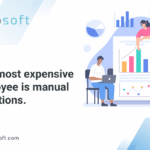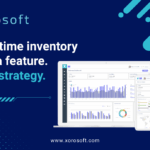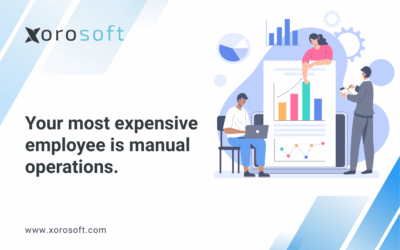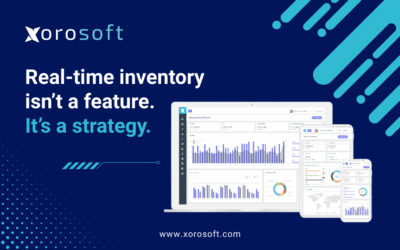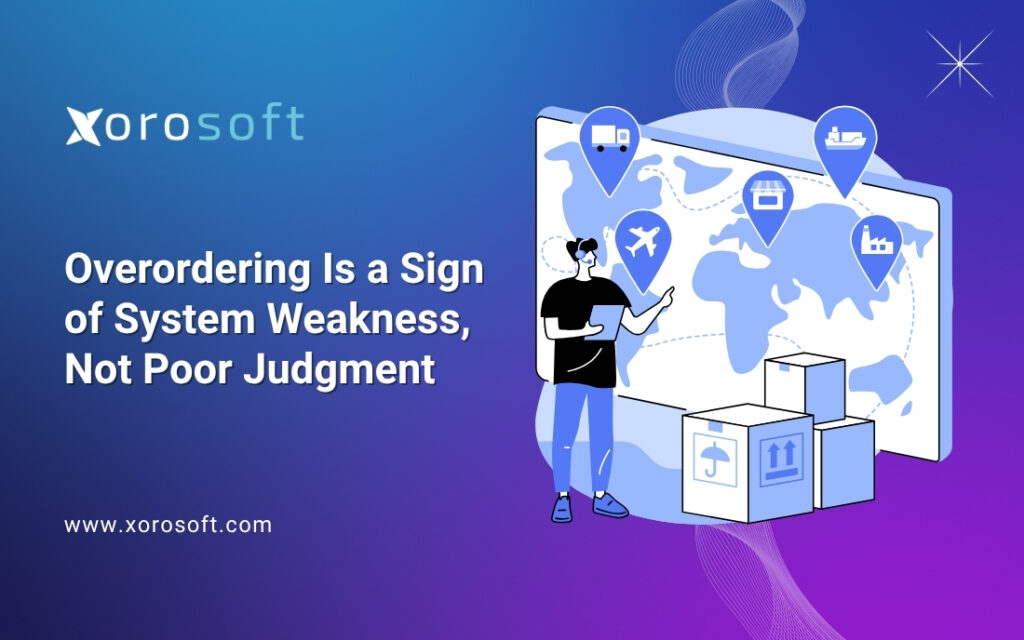
When Overordering in Inventory Management Feels Like Strategy
Have you ever caught your team justifying a massive stockpile with “better safe than sorry”?
If yes, you’re not alone. In fact, this is one of the most common red flags in overordering in inventory management.
Often, fast-growing businesses don’t overstock because they want to. Rather, they do it because they feel forced to—usually by a lack of clarity. Without trustworthy, real-time data, teams tend to play it safe.
But here’s what’s important:
Overordering isn’t a judgment issue—it’s a system weakness.
And fixing it doesn’t require tighter control over your team. It requires giving them tools that make them confident in every decision.
The Hidden Cost of Overordering in Inventory Management
Although it may seem like a safety net, overordering can silently drain your business.
For example, think about these common scenarios:
-
Cash gets trapped in unsold inventory instead of fueling growth.
-
Storage space runs out, especially when low-velocity items pile up.
-
Products lose value due to expiry dates or shifts in trends.
-
Fulfillment becomes messy, leading to delays or picking mistakes.
-
Accounting becomes complex as actuals diverge from forecasts.
As a result, your operations slow down. Meanwhile, your costs go up. And unfortunately, your growth potential takes a hit.
Why Overordering Still Happens—Even in 2025
Let’s not blame your team. If they’re overordering, they’re doing it to stay afloat.
But here’s the catch: overordering in inventory management often stems from broken systems.
For instance:
-
When apps don’t sync, teams operate from disconnected data.
-
When inventory updates are delayed, decisions rely on guesswork.
-
When forecasts are manual, risk-averse behavior takes over.
-
When channels like Shopify and Amazon aren’t unified, stock numbers mislead.
So, instead of trusting the numbers, teams pad their orders. Consequently, the business carries more inventory than it needs—just in case.
The Real Fix: Real-Time Visibility Through a Unified ERP
If overordering is a symptom, real-time data is the cure.
A modern ERP brings everything together: sales, inventory, purchasing, fulfillment, and finance. When your teams work from one source of truth, they don’t have to guess.
As a result, businesses can:
-
Trust their numbers across every channel
-
Forecast demand accurately, thanks to built-in analytics
-
Trigger reorders automatically, reducing manual errors
-
Streamline fulfillment, reducing labor costs and picking time
That’s why businesses everywhere are ditching disconnected tools for centralized, intelligent ERP platforms.
How Xorosoft Ends Overordering in Inventory Management
Xorosoft ERP is purpose-built to solve this. In fact, it’s designed for growing businesses that have outgrown spreadsheets, basic inventory apps, or legacy tools.
Here’s what sets it apart:
-
Real-time inventory sync across all channels (Shopify, Amazon, retail, etc.)
-
Intelligent forecasting tools that learn from historical patterns
-
Integrated WMS to simplify warehouse operations
-
Automated purchasing rules based on thresholds you set
-
Visual dashboards and alerts so your team sees issues before they escalate
Because Xorosoft connects your sales, fulfillment, and accounting in real-time, your team knows exactly what’s in stock—and what’s needed next.
That means no overordering. No waste. Just clarity.
Don’t take our word for it:
-
We’re ranked #1 in Ease of Use on G2
-
We’re live on Shopify App Store as a fully integrated ERP
-
We’ve helped brands eliminate inventory chaos in weeks—not months
Explore our full feature set, or Book a demo to see it in action.
